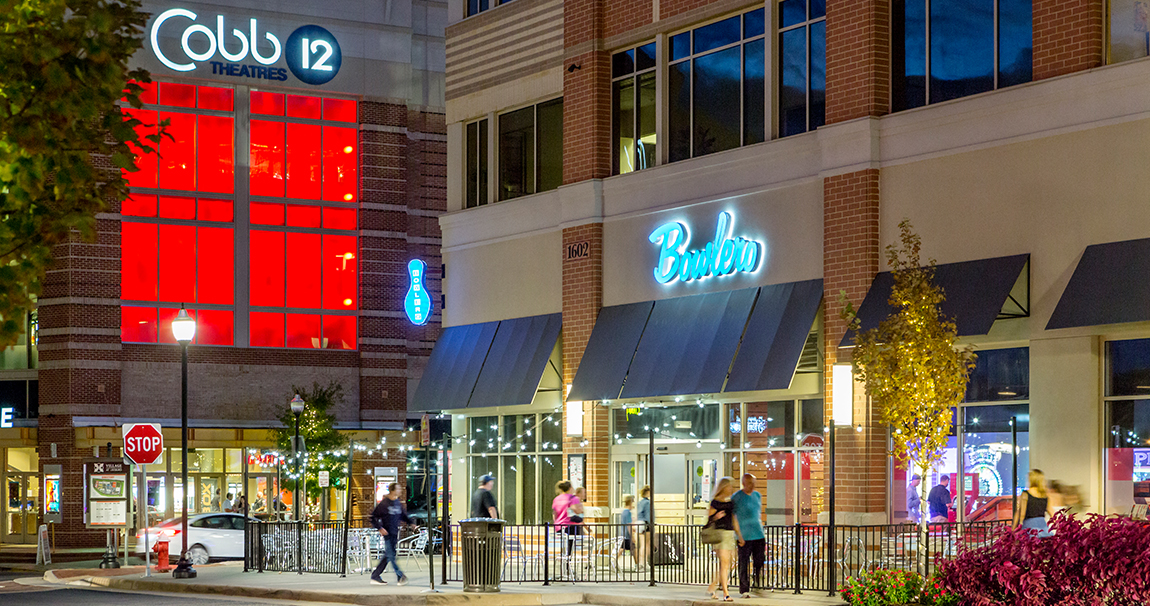Corinne Ruff, Retail Dive
When attending a retail real estate convention or conference, few words are brought up more than “experiential retail” and its industry impacts. For some, the word has lost all meaning because of its overuse in the industry. When so many products can be purchased online now, retail is evolving to give consumers options to get off their laptops and experience their lives. Brick-and-mortar stores create a unique buying experience for shoppers, a significant advantage over the online retailers that must use online data to captivate their audience in an age when public trust in big tech is waning. This is where experiential retail comes in.
Consumers Want Memorable Moments & Convenience
According to CoStar*, between 2005 and 2009, 70% of industry tenants were general retail and apparel uses with every other sector (grocery, fitness, home furnishing, restaurants, services, etc.) not cracking double digits individually. Since 2014, however, these figures have drastically shifted: only 36.5% of uses are general retail and apparel with nearly every other use expanding, doubling or even tripling its footprint. At a time when people are spending most of their day in front of screens, the push for personal connections and memorable moments are becoming more and more prioritized. This, coupled with the interactive facelifts retailers like Amazon Go are employing (think: cashier-less stores), is cultivating an expedient and novel consumer model that brings people through the door.
Your Neighborly Retailer
For landlords and co-tenants, an experiential retailer is a huge plus. Landlords love them because they draw traffic to their shopping centers and developments and, because of whatever enriching experience they offer, consumers typically stay a while. Lengthier visits translate to additional purchases and mingling, a factor not lost on co-tenants who also see the value. If a shopper comes for the experience, they may stay long enough to get hungry and go out to eat at a nearby restaurant or run some errands at the essential retailer next door.
Landlords are stepping up their game on this front, designing “experiential” open spaces throughout shopping centers that keep the fun going from day to night. Offerings like fire pits, Instagram-able art installations, and cozy outdoor seating deliver the same results as an experiential retailer. Village at Leesburg, for example, employs this concept with year-round entertaining and interactive events, the Drink in the Good Life strolling and drinking program, and so much more that is discussed in more detail in the previous post, How to Make a Retail Destination.
The D.C. Market Surge
In the last year alone, Rappaport has overseen the expansion of The Candle Bar, a Nashville-based candle-making retailer, Kraken Axes, an ax-throwing concept, Cinepolis, a world-class luxury cinema with full meals and alcoholic beverages, Pump It Up, an indoor inflatable kids play area, and SwimBox, the innovative pool swim training and analysis. Whatever the group or demographic, experiential retail is bringing people together, changing the definition of retail and creating a niche that forces brick-and-mortar to have a foothold for decades to come.
For more information regarding our various retailers we represent, please visit our Retailers page here.
*CoStar Portfolio Strategy



